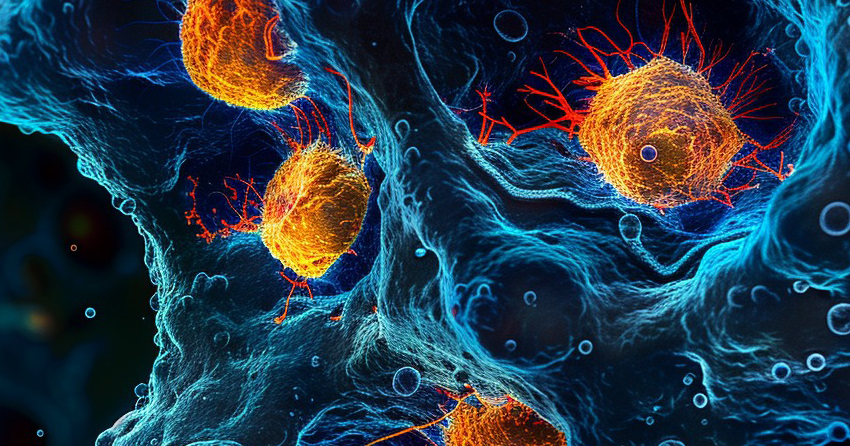Hyaluronic Acid: Not Just For Skin Health

If you’re interested in skin health, you’ve likely heard about hyaluronic acid. Serums and moisturizers featuring this powerful ingredient are gaining popularity in the realm of external anti-aging. Hyaluronic acid, a natural sugar that can hold up to 50 times its weight in water, tends to decline with age, leading to decreased skin moisture. This reduction may contribute to wrinkles and skin dryness.Hyaluronic acid (also called hyaluronan) is a molecule known as a glycosaminoglycan—a type of sugar with long chains of carbohydrates linked together. About half of the body’s hyaluronic acid content is found in the skin, but levels start to decline as early as age 20. By age 50, the skin’s hyaluronic acid concentration is reduced by half compared to one’s younger years.
But it’s not just our skin that is affected by a loss of hyaluronic acid—other age-related issues, such as decreased joint comfort and dry eyes, are also caused, in part, by reduced moisture levels in the body.
It’s known that taking supplemental hyaluronic acid can help to reduce the appearance of facial wrinkles and increase skin water content and elasticity, as seen in this double-blind, placebo-controlled clinical trial. But the compound also shows promise for internal aging. Some of the recent areas of research with hyaluronic acid include its role in cellular signaling, wound healing, tissue regeneration, joint function, and central nervous system health.
In the joints, hyaluronic acid is a crucial component of synovial fluid—the thick liquid between joints that cushions them and reduces friction when you move. Synovial fluid serves as a lubricant in your joints, so maintaining healthy levels can help support optimal joint function.
Hyaluronic acid is also involved in articular cartilage structure, the smooth tissue that covers the ends of bones where they come together to form joints. This protective tissue is made up of a three-dimensional network of compounds called the extracellular matrix (ECM). The ECM is a structural support system primarily consisting of collagen, proteins called proteoglycans, water, cartilage tissue cells called chondrocytes, and glycosaminoglycans—like hyaluronic acid.
However, the extracellular matrix is not just needed for joint health—it’s also a vital component of the central nervous system. The ECM surrounds cells in the brain and provides structural and functional support—just as it does for joints and bones.
In a review paper published in 2022, researchers report that hyaluronic acid is important for normal neuron maturation, stating that an interference with neuronal hyaluronic acid synthesis results in poor development of neurites—the projections extending off of neurons that can become axons or dendrites.
Overall, hyaluronic acid is well-known for supporting external aspects of aging, like wrinkles and skin elasticity, but the research on how it impacts aging internally, like cellular function and neuronal health, is still up and coming.
—
*These statements have not been evaluated by the food and drug administration. The products and information on this website are not intended to diagnose, treat, cure or prevent any disease. The information on this site is for educational purposes only and should not be considered medical advice.





